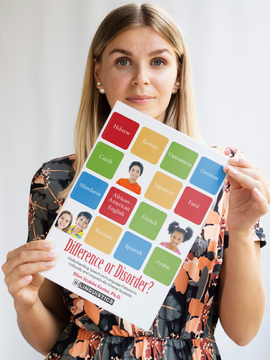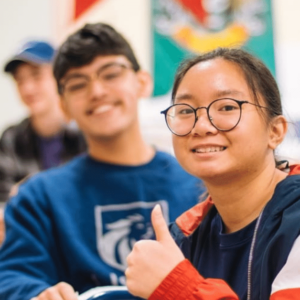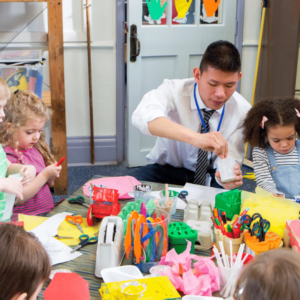How Phonology in Bilingualism Contributes to Over Identification: A Case Study
$15.00

Course Type: Video – 1 hour
ASHA Course Code: Diversity, Equity, and Inclusion in Education, Training, Service Delivery, Public Policy – 7030
Find out which phonological processes to address in English when students are bilingual.
We have all seen comparisons of Spanish to English that help us work with children across languages. But what do we focus on in our English-only therapy with children who speak Spanish in other contexts such as with friends or at home? This course presents a rare comparison of Monolinguals in English to Bilinguals in English to help us figure out what we should be focusing on to improve speech and move children off our caseload.
Additional Information
| Population | School Age |
|---|---|
| Topics | Articulation/Phonology, Diversity, Equity, & Inclusion (DEI) |
| Duration | 1 hour |
| Credit | .1 Continuing Education Unit |
| Format | Video |
Financial Disclosure: Ellen Kester, Ph.D., CCC-SLP. Dr. Ellen Kester is the owner of Bilinguistics and receives a salary. Bilinguistics receives royalty payments for online courses.
Non-Financial Disclosure: Ellen Kester does not have any non-financial relationships to disclose.
This course presented a rare comparison of Monolinguals in English to Bilinguals in English to help us figure out what we should be focusing on to improve speech and move children off our caseload
Participants will:
Identify the ages of acquisition of speech sounds in preschool and school-age children from monolingual English and bilingual English-Spanish backgrounds
Describe patterns of phonological processes in monolingual and bilingual children
Use information about differences in monolingual and bilingual speech development to differentially diagnose bilingual children with impairment from those with typical-development
Time-Ordered Agenda:
05 minutes: Introduction
15 minutes: Review of 8 main research studies on bilingualism and phonology
15 minutes: Discussion on why there is such variation in these studies findings
05 minutes: Presentation of study methods
10 minutes: Presentation of results of a study of 322 typically developing bilingual children
10 minutes: Introduction to ASHA supporting documents for serving diverse populations
05 minutes: Course quiz and evaluation
Need CEUs?

 Share
Share
 Tweet
Tweet
 LinkedIn
LinkedIn
 Pin
Pin
 Email
Email







